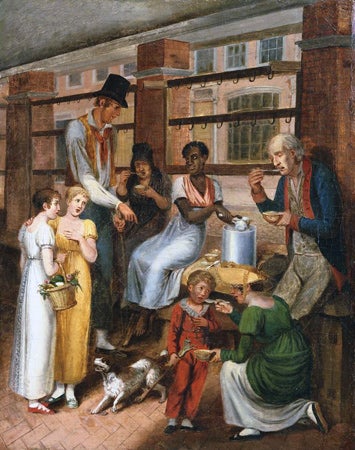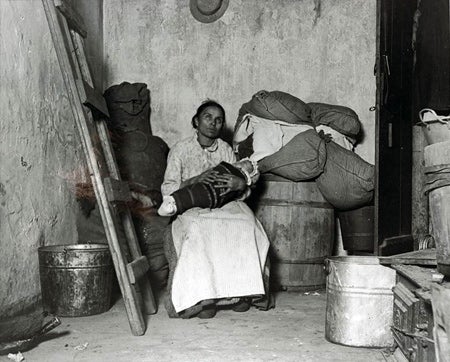By Dr. Jennifer Zarro, Tyler School of Art, Temple University

Artstor makes possible what we know to be the best teaching practices in higher education. Using Artstor in my class, Race, Identity, and Experience in American Art, allows for multiple possibilities for teaching and learning. It is an especially important resource for this course which has unlimited approaches and no textbook. This class often confronts material that is new or uncomfortable for participants and implementing creative and supportive assignments is important for fostering open dialogue and deep learning opportunities.
We know that lifelong learning occurs when people engage in a personal way about something they find beautiful and interesting. Further, and most ideally, deep learning occurs when students decide their own course of study. Ken Bain tell us that the best learning environment is one in which students create authentic tasks that allow them to feel a sense of control over their education. Using Artstor supports these claims in several ways. An assignment that stems from these ideas is to have students curate their own image-group exhibitions in Artstor that they present to the class. Critiques and questions follow and students explain the ideas and materials that led to their choices. Students can create unique visual stories about an aspect of our course content – whiteness, immigration, identity self-fashioning – and share their story with diverse others. Research projects may also stem from this image group. Being a curator lets students be in charge of their learning in a creative and scholarly way. It allows for alternate ways to teach and learn art history that moves away from simply showing slides in a darkened room and expecting memorization of the material.
Another successful assignment is to have students work in groups much like a curatorial team in a museum. The team considers which image group or individual artwork should be part of an exhibition based on one of the themes of the course – 1970s Feminism or Chicano identity and culture, for example. Students grapple with ideas and history, consider together the importance of certain works, research items from an image group in order to support their decisions, and learn about works of art and artists all while engaging in vital interpersonal exchanges with peers. The finished product is an image group exhibition that we post to our online learning site. The images illustrate some of the major themes of my course and how American identity is complex, varied, and ultimately changeable.
The examples mentioned above allow students to take control of their learning in ways that foster deeper involvement with artworks and cultural ideas. These projects let students do the work of creating course materials. They allow students to interact with peers and in groups, give them opportunities to think critically and to find something beautiful, foster debate and discussion, and may even lead to shifts in thinking. In the best case scenario, students bring these important ways of being into the real world.





